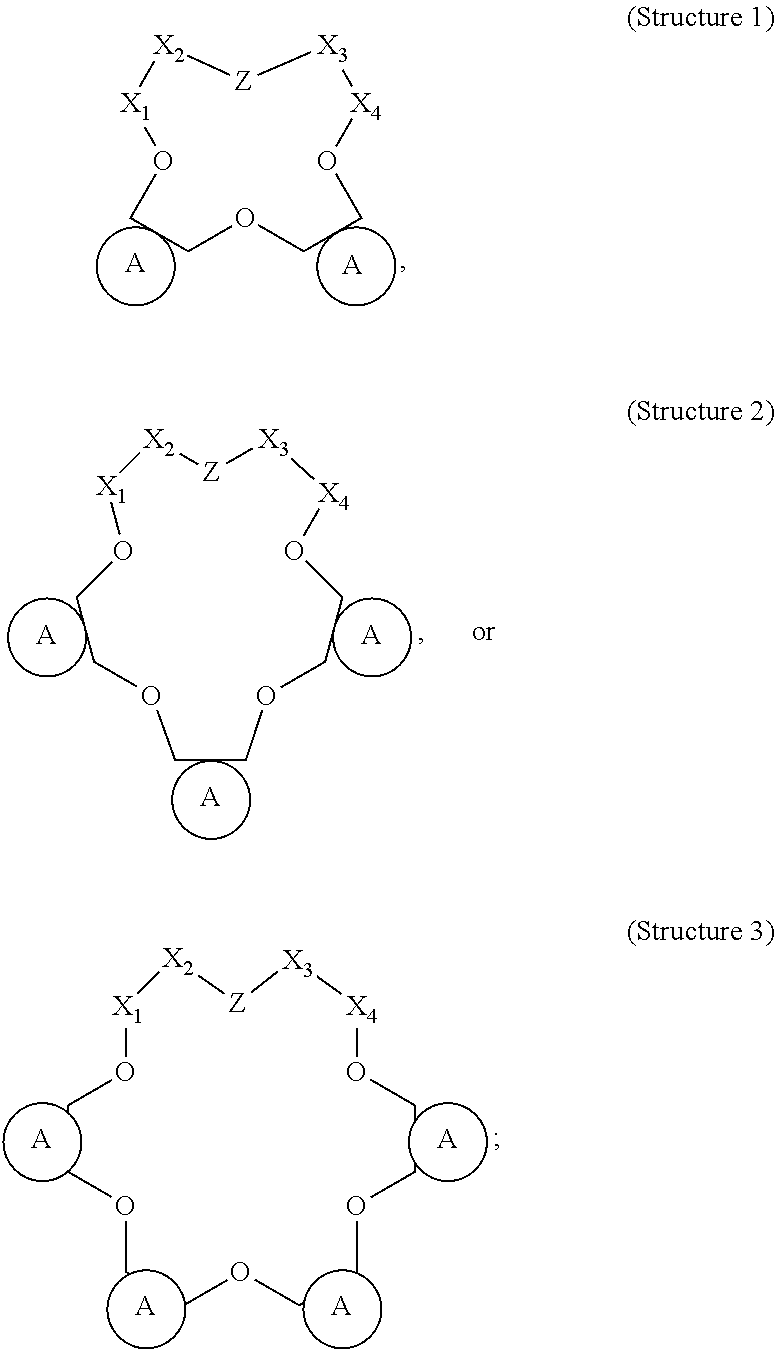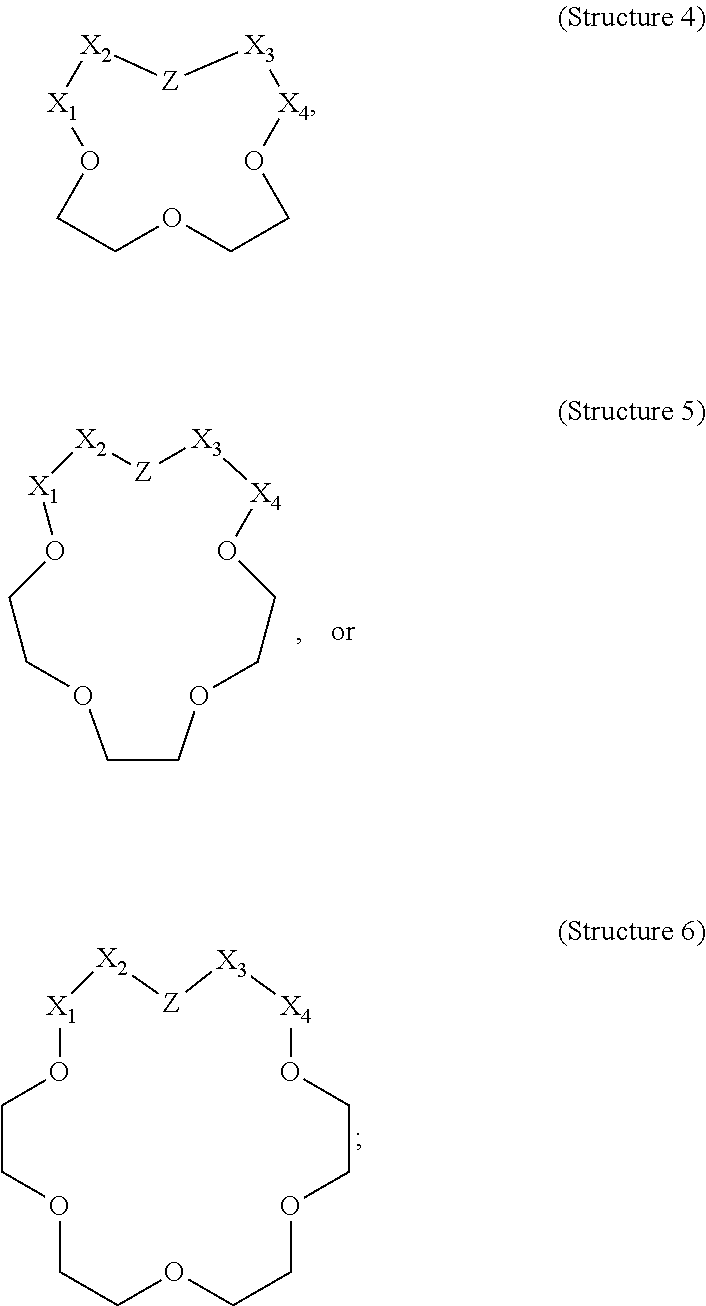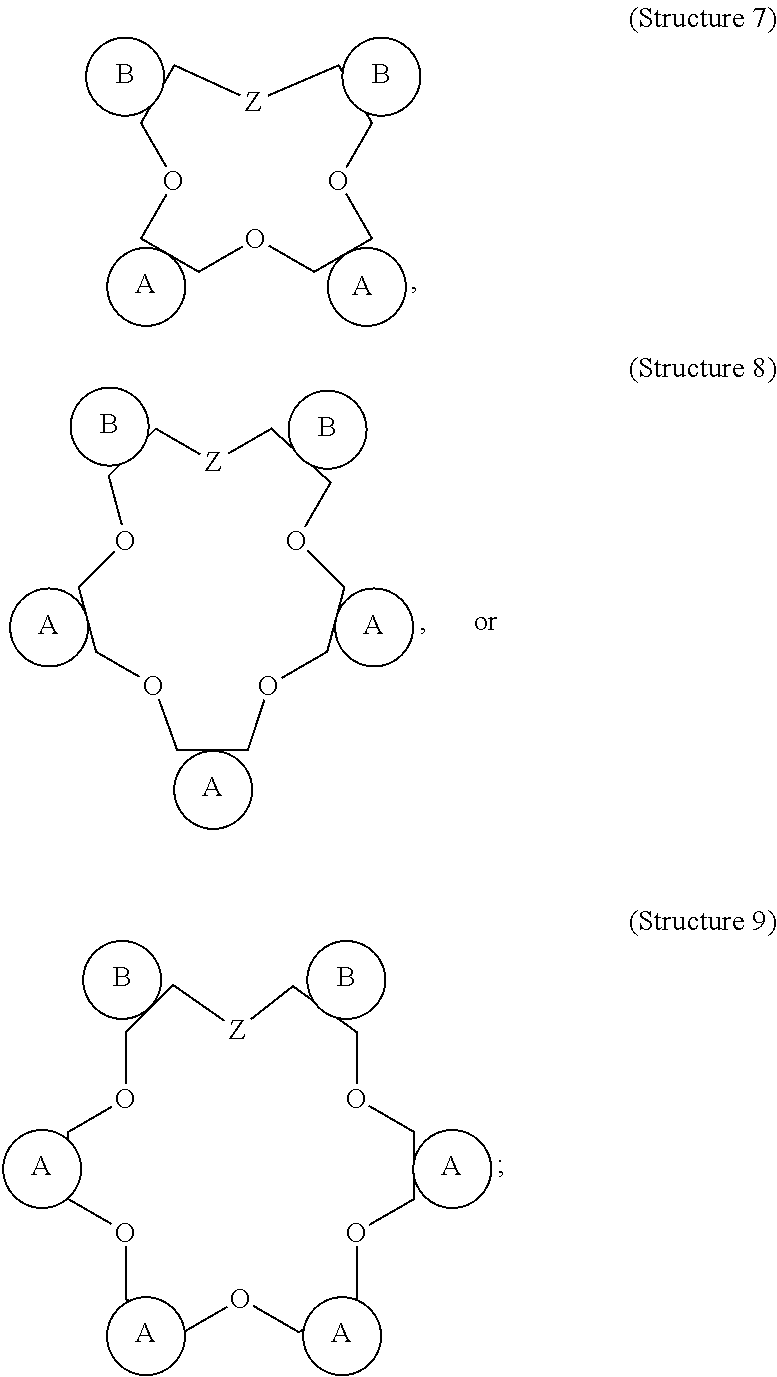Treatment Fluids Comprising an Alkali Metal Complexing Agent and Methods for Use Thereof
a technology of complexing agent and treatment fluid, which is applied in the direction of fluid removal, chemistry apparatus and processes, and wellbore/well accessories, etc., can solve the problems of reducing the ph much below about 1, affecting the effect of acidification, and reducing the opportunity for alkali metal ions, so as to reduce the chance of alkali metal ions
- Summary
- Abstract
- Description
- Claims
- Application Information
AI Technical Summary
Benefits of technology
Problems solved by technology
Method used
Image
Examples
Embodiment Construction
[0018]The present disclosure relates to stimulation of subterranean formations, and, more specifically, to treatment fluids that can lessen the opportunity for alkali metal ions to produce insoluble materials during the course of performing a stimulation operation.
[0019]As described above, metal ions, especially alkali metal ions, can lead to a number of issues when present during an acidizing operation. Particularly in the presence of dissolved silicon (e.g., in the form of SiF4, SiF5−, or SiF62−), alkali metal ions can result in damaging alkali fluorosilicate precipitates. Current approaches to dealing with the issue of fluorosilicate and aluminosilicate precipitation can be costly and may be insufficient in some cases.
[0020]The present disclosure describes alkali metal complexing agents that can be included in treatment fluids to be used in conjunction with an acidizing operation or other stimulation operation. As used herein, the term “alkali metal complexing agent” refers to a ...
PUM
 Login to View More
Login to View More Abstract
Description
Claims
Application Information
 Login to View More
Login to View More - R&D
- Intellectual Property
- Life Sciences
- Materials
- Tech Scout
- Unparalleled Data Quality
- Higher Quality Content
- 60% Fewer Hallucinations
Browse by: Latest US Patents, China's latest patents, Technical Efficacy Thesaurus, Application Domain, Technology Topic, Popular Technical Reports.
© 2025 PatSnap. All rights reserved.Legal|Privacy policy|Modern Slavery Act Transparency Statement|Sitemap|About US| Contact US: help@patsnap.com



